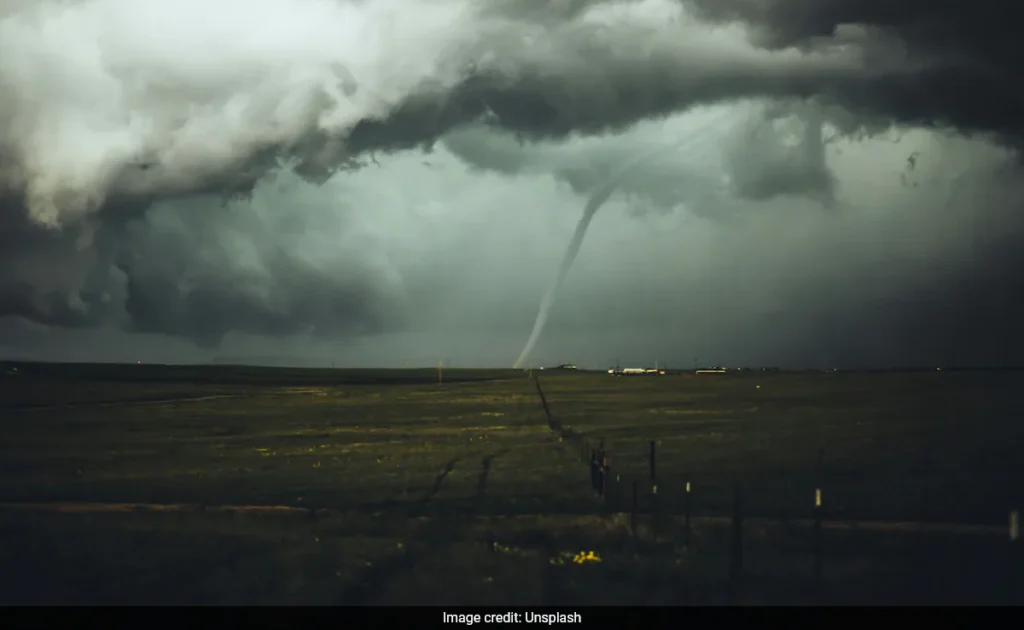Current Tornado Warnings and Severe Weather Alerts for July 19, 2025
Tornado warnings remain active across portions of Nebraska and Kansas as severe thunderstorms continue to impact the central United States on Saturday evening, July 19, 2025. A tornado warning remains in effect until 9:45 PM CDT for eastern Cherry and southwestern Brown counties in Nebraska, highlighting the ongoing severe weather threat across the region.
Severe Thunderstorm Watch in Effect
The National Weather Service has issued multiple severe weather alerts across the Great Plains region. Severe Thunderstorm Watch 514 remains in effect until 11 PM CDT this evening, covering areas in Kansas including Phillips County, and 16 counties in central Nebraska including Greeley, Howard, and Merrick counties.
These watches indicate that conditions are favorable for the development of severe thunderstorms capable of producing tornadoes, large hail, and damaging winds. Residents in affected areas should remain vigilant and prepared to take immediate shelter if tornado warnings are issued for their specific locations.
Tornado Warning continues for Des Moines IA, Ankeny IA and Altoona IA until 6:45 AM CDT pic.twitter.com/rgkk81IbG4
— NWS Tornado (@NWStornado) July 19, 2025
2025: An Exceptionally Active Tornado Season
This latest round of severe weather continues what has been an exceptionally active tornado year, with 2025 being the second-most active year since 2010, with 1,297 tornadoes reported as of the end of June. The increased tornado activity has been particularly concentrated across the central United States, affecting communities throughout the Midwest and Great Plains.
The heightened tornado activity has placed additional strain on emergency management resources and highlighted the importance of severe weather preparedness across tornado-prone regions. Emergency officials continue to emphasize the critical need for residents to have multiple ways to receive weather warnings and maintain emergency plans.

Safety Guidelines During Tornado Warnings
When tornado warnings are issued, immediate action is essential for personal safety. The National Weather Service recommends moving to the lowest floor of a sturdy building, away from windows, and taking cover in an interior room such as a bathroom or closet. Mobile homes, vehicles, and outdoor areas should be abandoned immediately in favor of more substantial shelter.
Those in affected areas should monitor local weather services, emergency radio broadcasts, and official weather apps for the most current information. Weather conditions can change rapidly during severe thunderstorm events, making continuous monitoring crucial for safety.
Technology and Tornado Tracking
Modern tornado tracking technology has significantly improved public safety during severe weather events. Advanced tornado tracker maps allow residents to see if a tornado might be headed their way, providing real-time visualization of storm movement and tornado warnings.
These technological advances, combined with improved forecasting capabilities, have enhanced the ability to provide earlier and more accurate tornado warnings, giving communities more time to seek appropriate shelter.
Regional Impact and Preparedness
The current severe weather pattern affecting Nebraska and Kansas represents typical summer tornado activity for the Great Plains region. June and July are historically active months for tornado activity, with an average of 213 confirmed tornadoes in June and 119 in July, commonly focused across the Midwest and central and northern Great Plains.
Local emergency management agencies continue to coordinate response efforts and maintain readiness for potential tornado impacts. Community storm shelters, early warning systems, and public education campaigns remain crucial components of tornado preparedness strategies.
Staying Informed and Prepared
As severe weather continues to affect the central United States, residents should maintain weather awareness and emergency preparedness. Multiple reliable sources of weather information, including NOAA Weather Radio, local emergency management alerts, and official weather service communications, provide critical updates during active severe weather situations.
The combination of advanced meteorological forecasting, improved warning systems, and public preparedness efforts continues to enhance community resilience against tornado threats across the tornado-prone regions of the United States.
Monitor official National Weather Service communications and local emergency management agencies for the most current tornado warnings and severe weather updates in your area.
